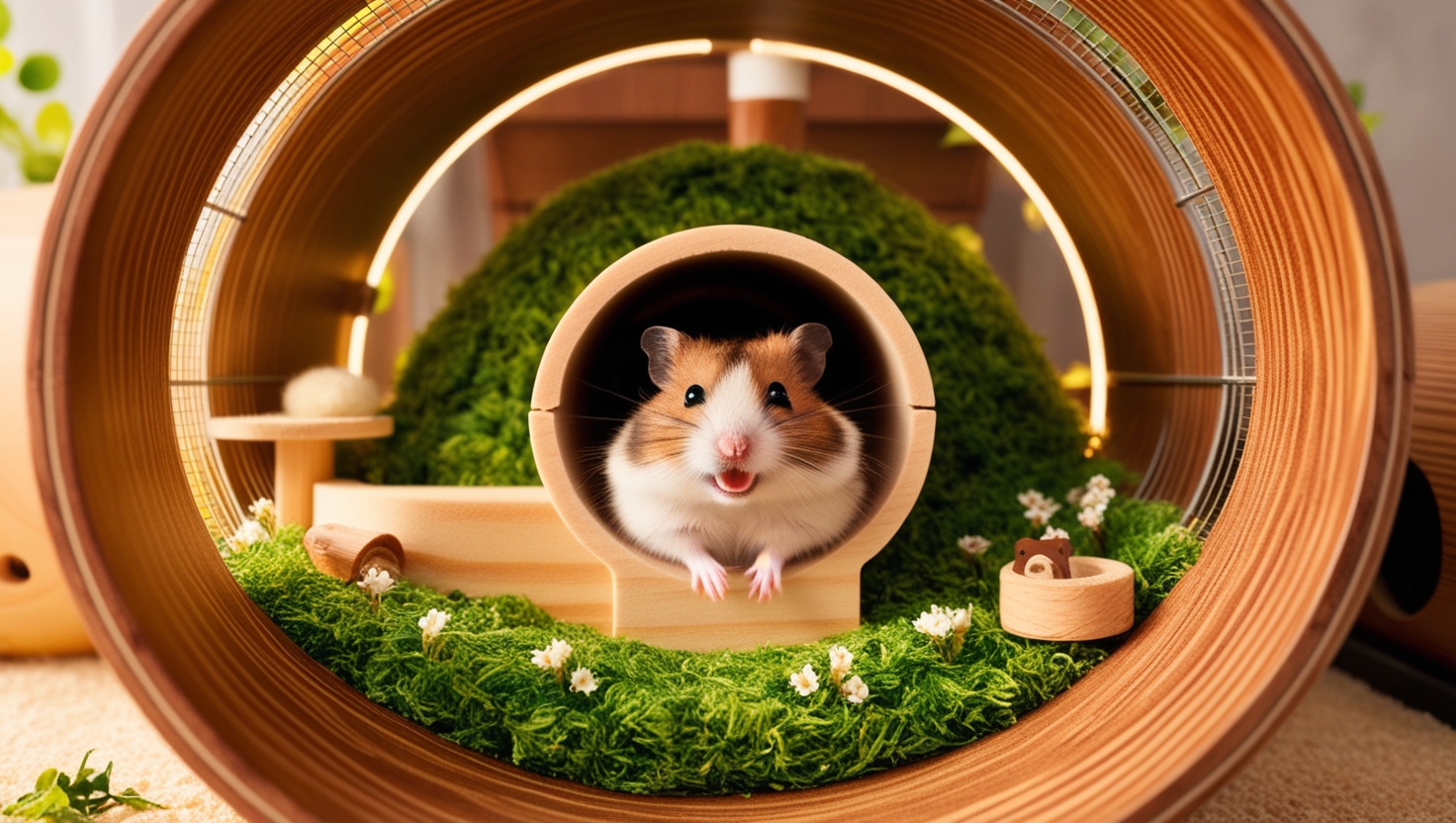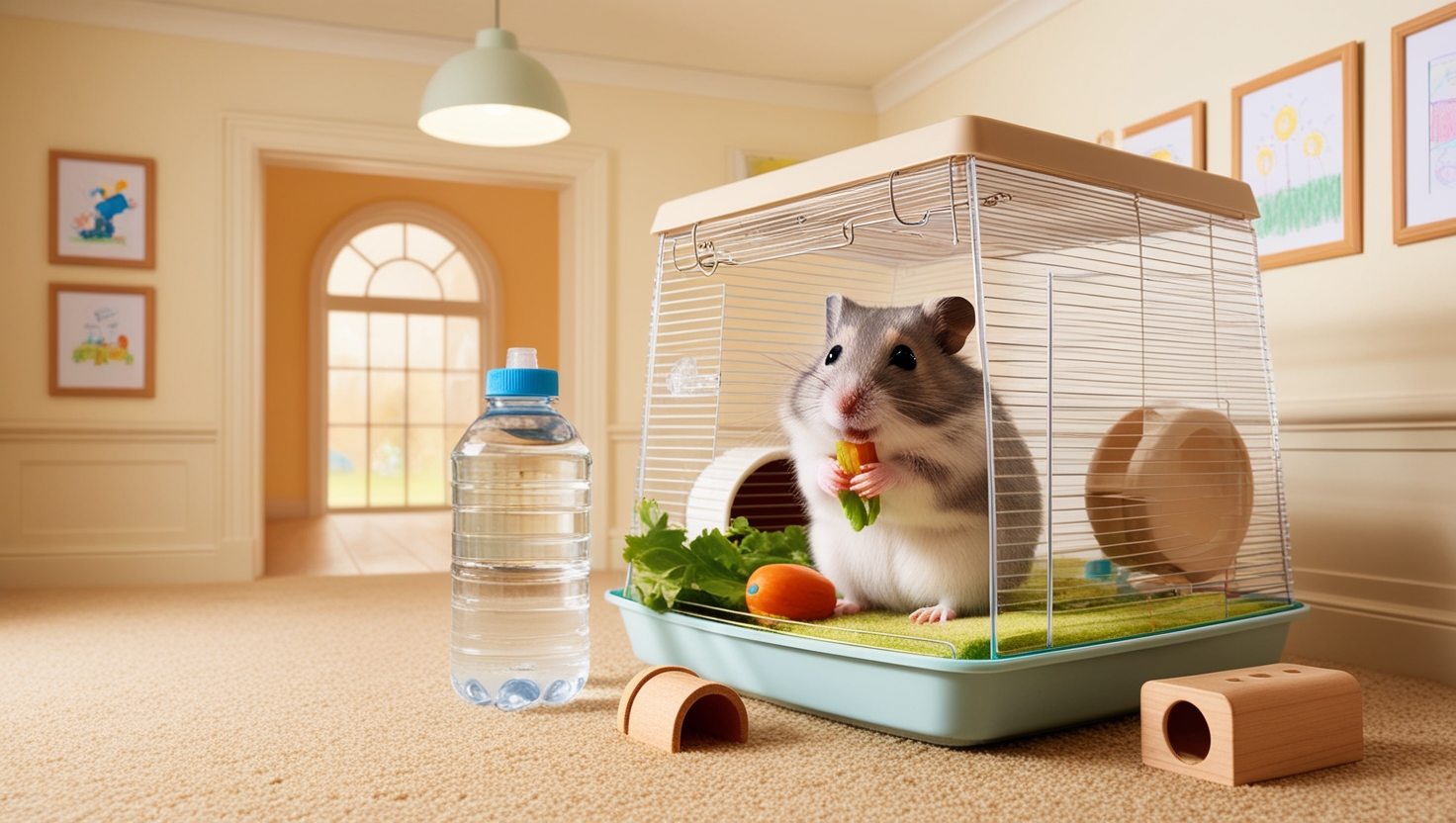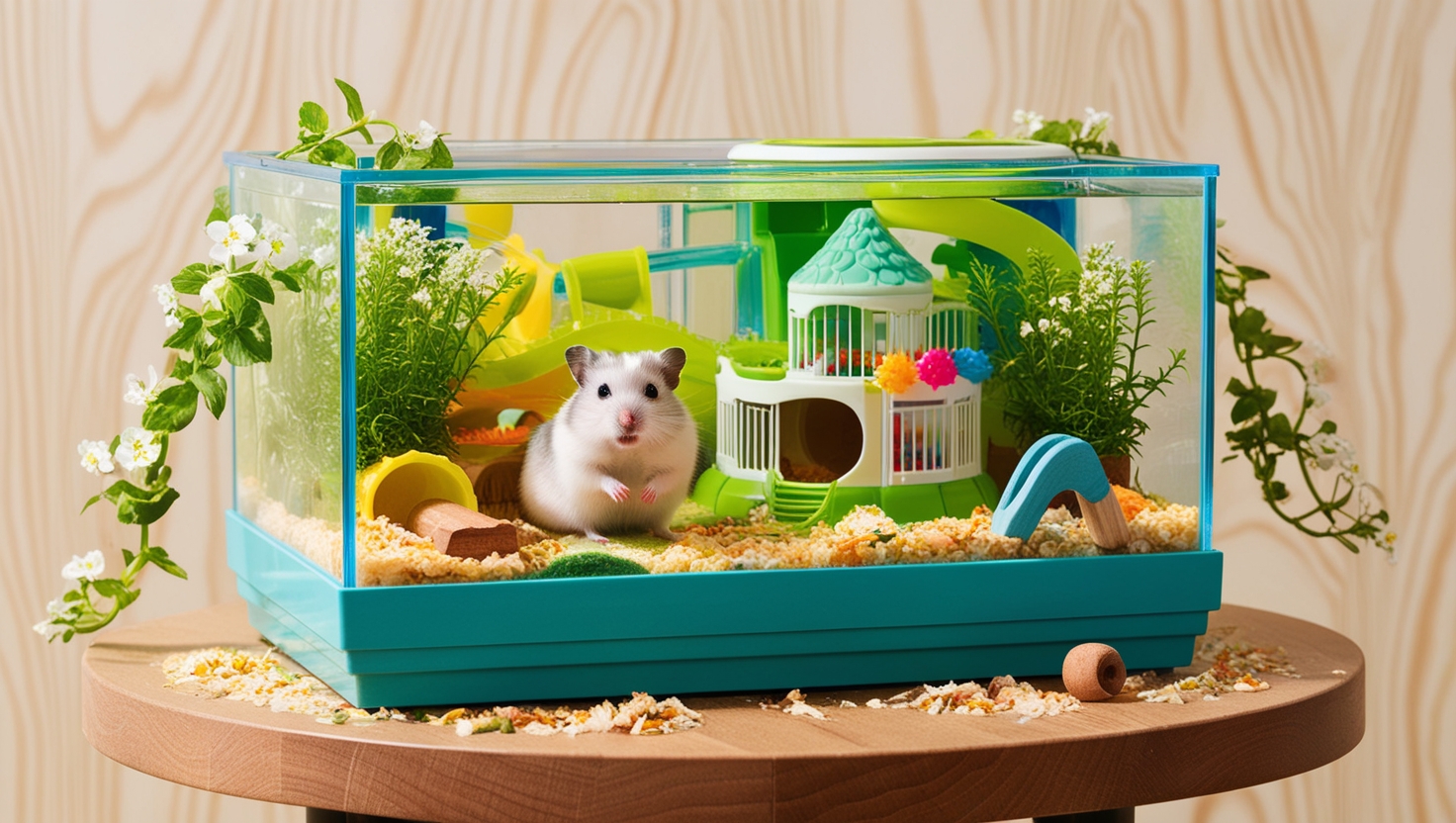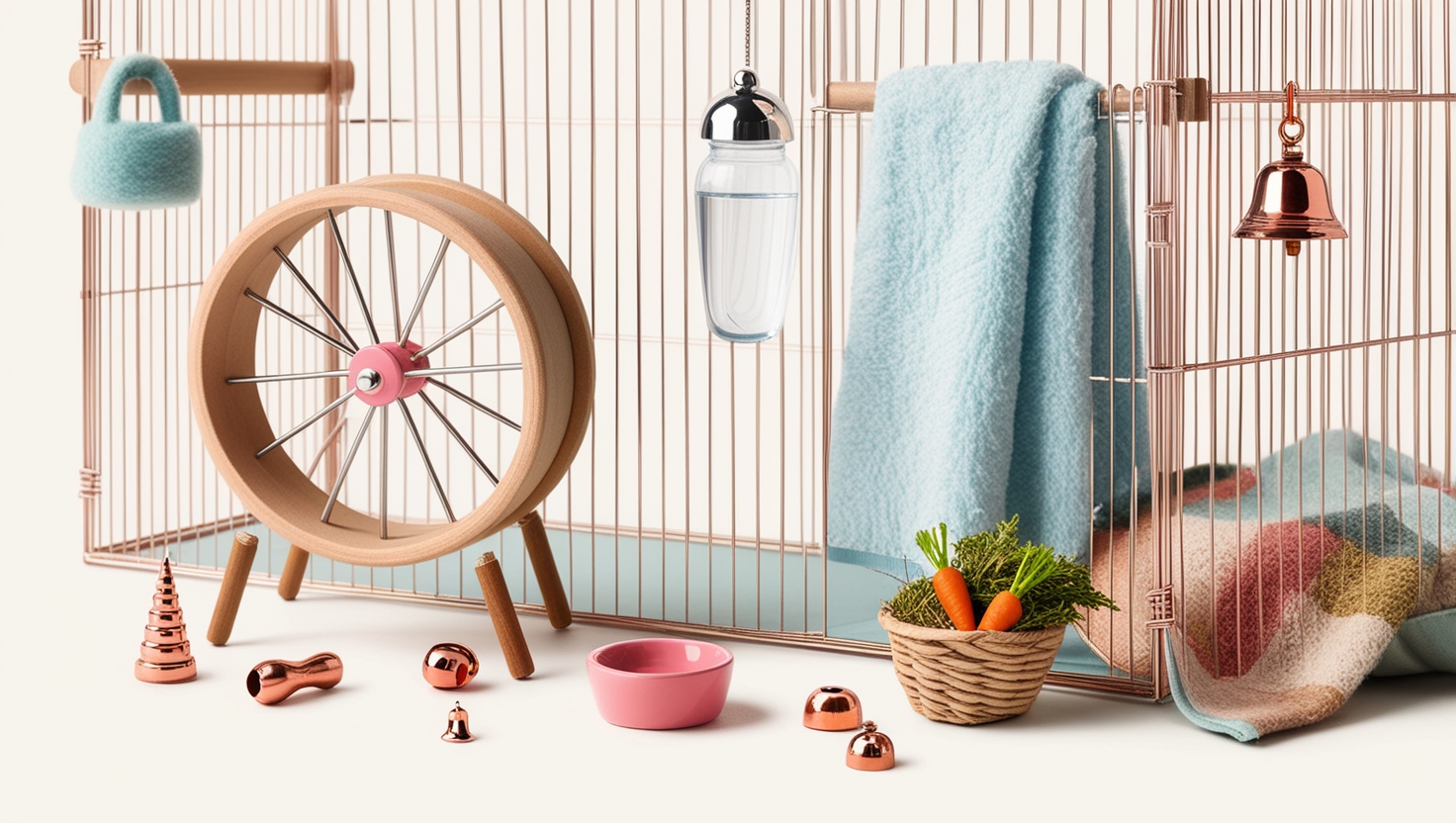So, your kids are eager to welcome adorable hamsters into your home? That’s fantastic! Choosing the right hamster cage is crucial, but did you know that where you place it is just as important? As a devoted hamster parent and long-time enthusiast, I’m here to guide you through finding the ideal spot for your furry friends’ new home.
Understanding Your Hamster’s Needs
Before we dive into location specifics, let’s talk about your hamster’s perspective. Imagine being brought into a brand new environment – it’s a lot to take in! It can take a couple of weeks for your hamster to fully acclimate. During this time, they might act a little strangely, maybe stashing all their food or having unusual sleep patterns. This is totally normal!
The key is to minimize stress and create a sense of stability for your hamster. Moving their cage frequently or placing it in an unpredictable environment can prolong the adjustment period.
The Golden Rules of Hamster Cage Placement
There are three primary factors to consider when deciding where to put your hamster’s cage: air quality, light and sound levels, and human activity. Let’s explore each one:
1. Fresh Air is Key
Hamsters are sensitive to drafts, strong odors, and changes in temperature. Avoid placing the cage near vents, open windows, or areas with poor ventilation. Basements, while seemingly quiet, can harbor mold, mildew, and fumes from cleaning supplies – not ideal for your little buddy!
Expert Insight: Dr. Emily Chen, a veterinarian specializing in small animal care, advises, “Hamsters have delicate respiratory systems. Ensure their environment has a consistent, comfortable temperature and good air circulation without exposing them to direct drafts.”
2. Creating a Peaceful Retreat
Imagine trying to sleep with bright lights and loud noises – stressful, right? Hamsters are most active at dawn and dusk, so a dimly lit environment during the day encourages natural behaviors.
Keep the cage away from sources of loud, sudden noises like TVs, stereos, or gaming consoles. A quiet corner in the family room might be a better choice than a busy hallway or a child’s bedroom, especially if your hamster likes to exercise on a wheel at night!
3. Location, Location, Location: Striking a Balance
While it’s tempting to give each child a hamster in their room, placing all the cages in a central location like the family room has its benefits:
- Socialization: Hamsters are naturally curious! Being in a central location allows them to observe your family’s daily routines and become accustomed to human interaction.
- Bonding Time: Having the cages in a common area encourages everyone in the family to interact with the hamsters, fostering a sense of responsibility and shared care.
- Supervision: It’s easier to monitor the hamsters’ well-being and ensure they have fresh food, water, and clean bedding when the cages are centrally located.
The Family Room Advantage
You might be wondering, why the family room? Here’s the thing: family rooms are often designed for comfort and relaxation. The furniture, carpets, and curtains help absorb sound, creating a more stable acoustic environment for your hamster.
Plus, placing the cages at eye level in the family room allows your hamsters to feel like part of the action without being overwhelmed. They can observe your family’s activities, which helps them acclimate to their new home faster.
A Note About Multiple Hamsters
Remember that Syrian hamsters are solitary and need their own cages. Placing the cages near each other in the family room allows them to benefit from familiar scents, which can be comforting, especially during the initial adjustment period.
Making the Case to Your Kids
It’s understandable that your children might want their hamsters in their rooms. Explain to them that keeping the cages in the family room, at least for the first few weeks, will help the hamsters adjust faster and be happier in their new home. Once they are settled, you can consider allowing supervised visits to their bedrooms.
Creating a Happy Home for Your Hamsters
Ultimately, the key is to choose a location for the hamster cage that strikes a balance between their needs and your family’s lifestyle. By considering factors like air quality, light and sound levels, and human activity, you can create a safe, comfortable, and stimulating environment where your hamsters can thrive.







